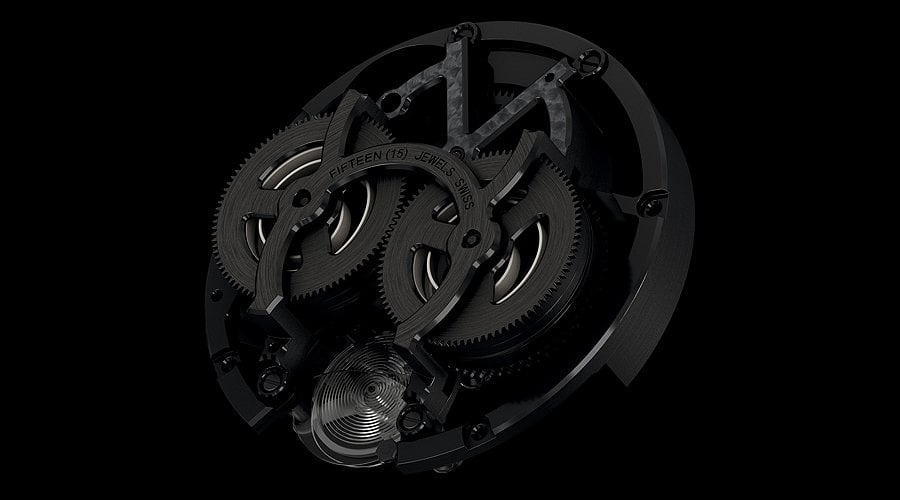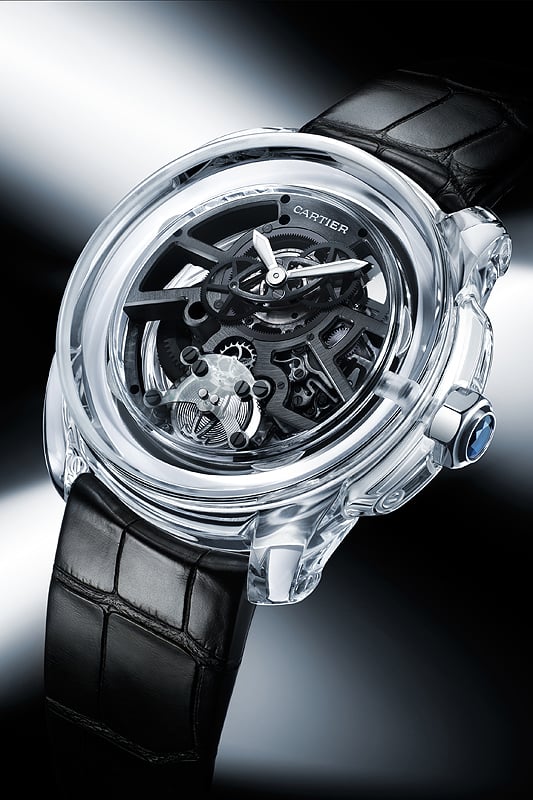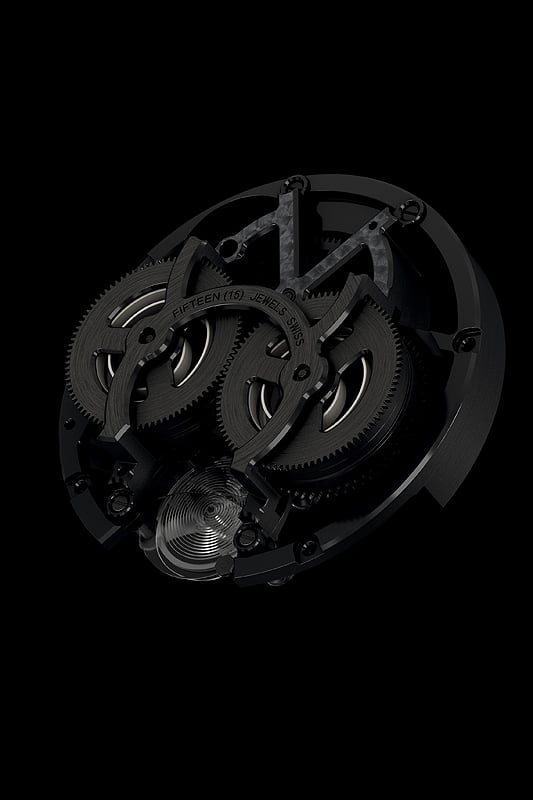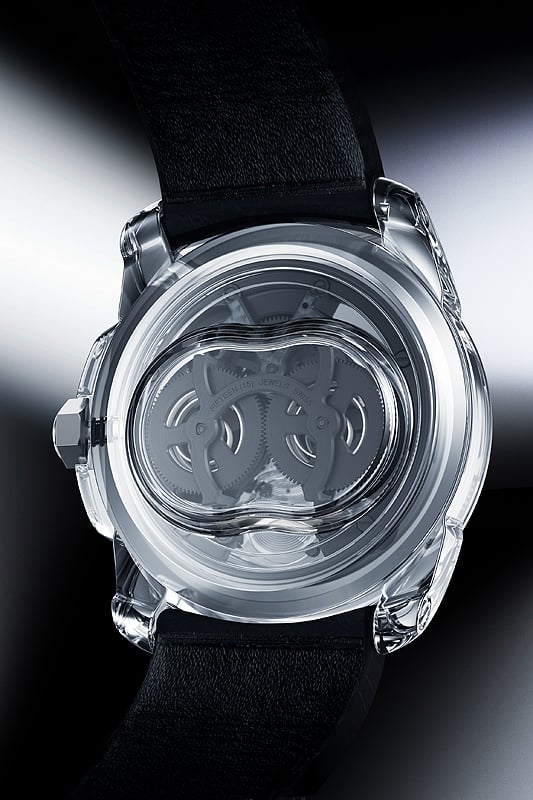Probably not, but the boffins at Cartier's haute horlogerie laboratory certainly have. Since 2007, they have been striving to design a watch which reflects the world's current obsession with energy efficiency – and the result is the just-unveiled iD Two concept piece.
The watch is the 'sequel' to the iD One, shown at Geneva's Salon International de la Haute Horlogerie in 2009, which contained a lubrication-free movement designed to eliminate the need for the time-consuming post-assembly adjustment that all conventional mechanical watches must undergo before leaving the factory. Cartier's CEO, Bernard Fornas, likened the advance to the car world's switch from carburettors to fuel injection.

The iD Two, however, takes things a whole lot further and really does demonstrate Cartier's intention to prove that, in the five short years since it became a true manufacturer and started to conceive and make its own movements, the brand has established itself as one of the greatest innovators in the industry.
Indeed, 'iD' stands for innovation and development, and this second project bristles with the results of both. For a start, the entire case of the watch is transparent, thanks to being made from a material called Ceramyst, a polycrystalline ceramic developed for the defence industry – and used, among other things, to make windshields for tanks and, believe it or not, the bomb-resistant windows of the White House.
What is perhaps more remarkable, however, is that the inside of the 42mm case is devoid of air. On final assembly, the air is sucked out of the watch through a hole which is then sealed with the winding stem. The result of creating a vacuum is that energy losses caused by air friction within a normal case are reduced by 60 per cent. The treatment also means that the back of the watch doesn't need screws or a thread to attach it – it is simply sucked into place, requiring the application of an 80kg force to remove it.



The wizadry doesn't end there, however. Gaskets 'doped' with clay nanoparticles should ensure that the case won't return to standard atmospheric pressure for at least a decade. The movement itself, meanwhile, boasts two winding barrels, each of which is equipped with a pair of springs: made not from conventional steel but from glass microfibres which allegedly produce greater power and deliver it in a more linear fashion.
The components of the movement, including the escapement, are made from materials such as titanium and carbon crystal, many of which are covered in Amorphous Diamond-Like Carbon (ADLC) which doesn't wear, is highly shock-resistant and requires no lubrication.
The upshot of all this, combined with a new, differential gearing system, is that the movement uses half the energy of a conventional mechanism and has a power reserve of an impressive 32 days.
The bad news is that the iD Two is very much a concept watch from which technology for Cartier's future, commercial pieces will be derived; but those who can't live without a truly high-tech timepiece should look out for the Astrotourbillon Carbon Crystal which is due to go on sale next year in a limited edition of 50 examples.
Drawing on the iD One concept, it features an adjustment-free, lubrication-free escapement, tourbillon bridges, pallet and escape wheels in carbon crystal, and a case made from niobium titanium.
The undoubtedly eye-watering price has yet to be announced... so, unlike the iD Two, it's a case of 'hold your breath'.
Photos: Cartier







